Do you know, what are geodes?
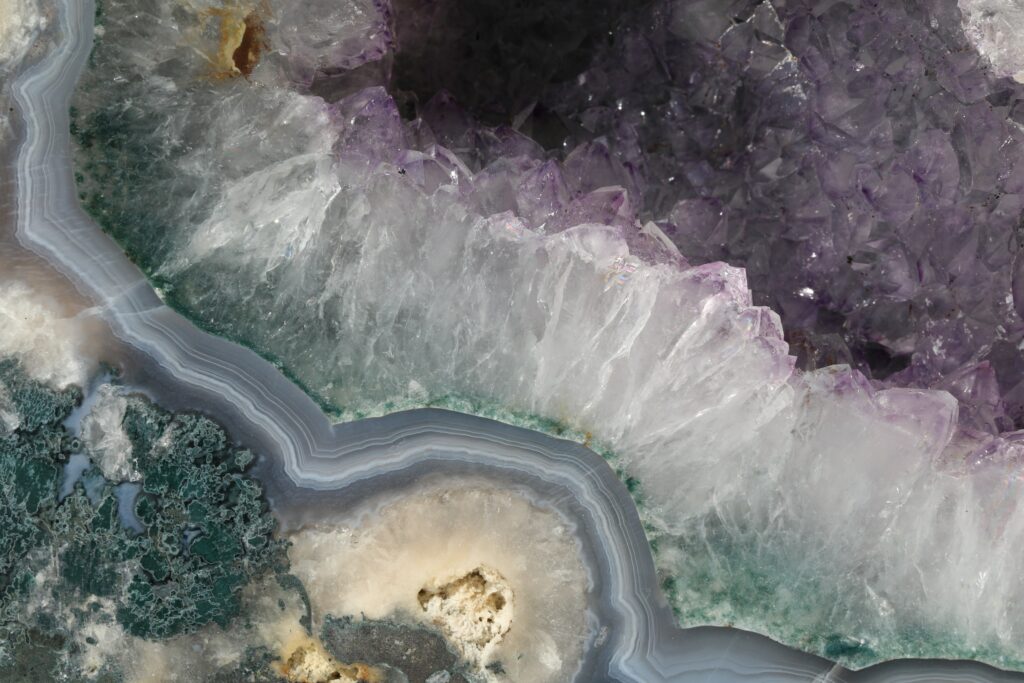
A geode, spherical or ellipsoidal cavities are small cavities filled with minerals formed in the rocks in which some mineral has precipitated, forming crystals or concentric bands. Geodes appear in sedimentary rocks and volcanic rocks, in the former, the voids are usually formed by dissolution of the rock, as occurs with calcium carbonate in karst areas, or as a result of the opening of a space by roots or animals in the subsoil, while cavities formed in volcanic areas usually occur when gases are trapped and precipitate in these vesicles formed by minerals entrained by fluids or by the dissolution of adjacent rocks do not escape and remain in the rock leaving a hollow inside.
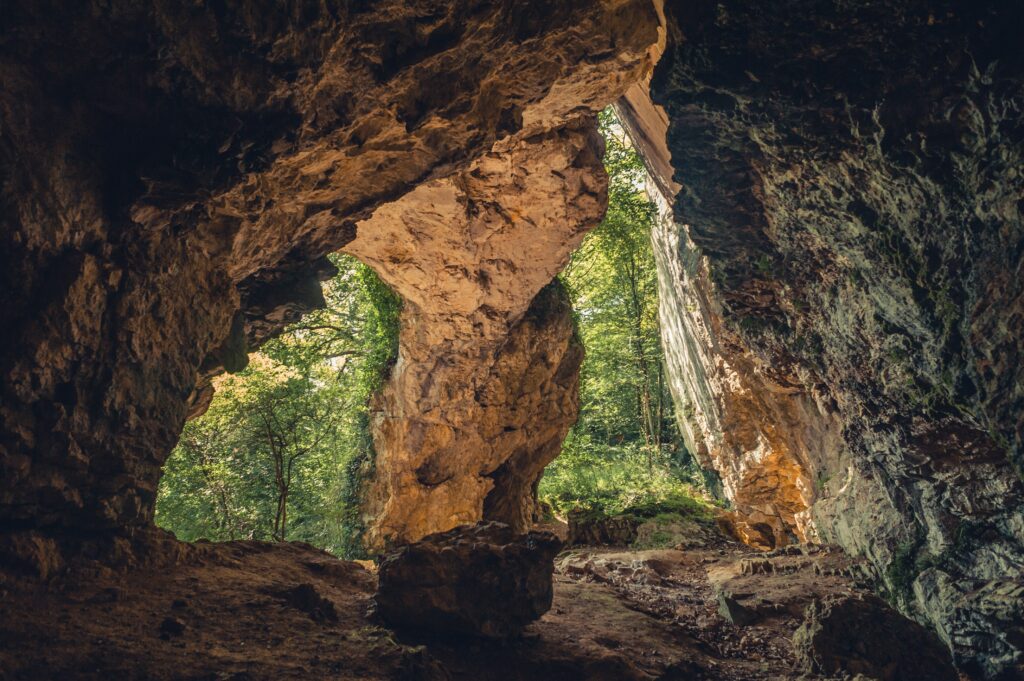
They can be completely filled by the minerals that have precipitated on the walls of the cavity (called nodules) or there can be a hollow space inside. De cualquiera de las formas, es común que se puedan observar bandas de diferentes minerales en la geoda, dándole tonalidades diversas a la roca y haciéndola perfecta para coleccionistas, aficionados o simplemente para decoración.
In sedimentary rocks, the minerals that precipitate to form the geode reach it dissolved in water, or in hydrothermal fluids, and once there, the crystals inside begin to form. Some crystals that are formed in most cases by calcite or some variety of quartz, while in the volcanic ones, the formation process of the geodes occurs during the cooling of the magma and due to the differences between the minerals themselves.
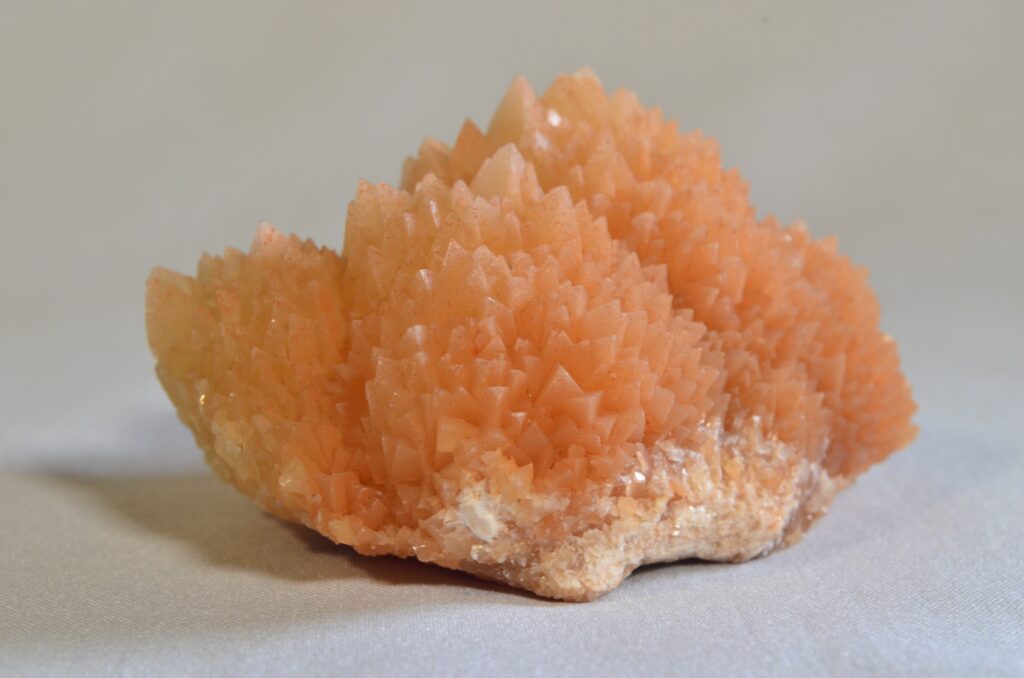
The places where they are most frequently found are desert areas, since it is here where a greater mineral precipitation is favored in the holes generated in the rocks, but they are not the only areas in which they can be found.
In order to know how to differentiate a geode, it is essential to know what they are like when their interior is not visible, thus, these small geological structures appear in nature in rounded or ellipsoid shapes, more elongated or less, or even somewhat flattened and in rocks Hard can appear as small rounded bumps.
If the rock is dark and the small bulge has a different coloration, you are probably in the presence of a geode. To find out, you have to break it, but you have to do it as delicately as possible since you run the risk of completely destroying it. Meanwhile, in soft rocks it is common for geodes to appear as nodules among the sediments and to know for sure what it is. one of these structures you have to carry out the process of opening it.
Let’s make our own geode and decorate our home!

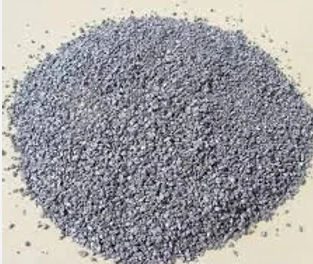
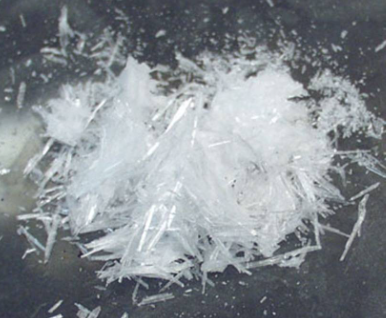
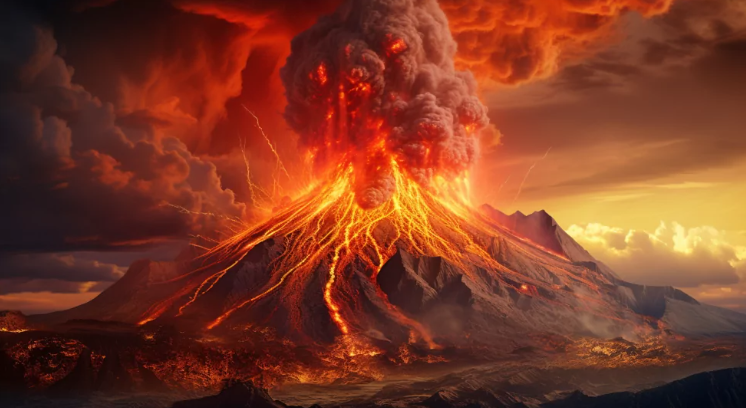
Responses